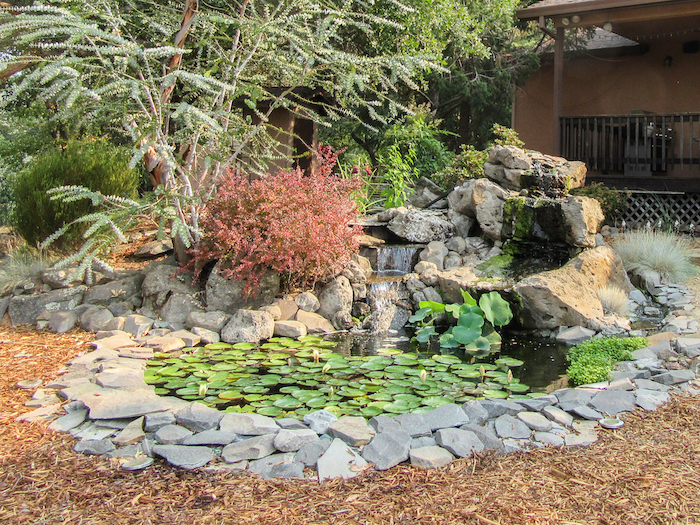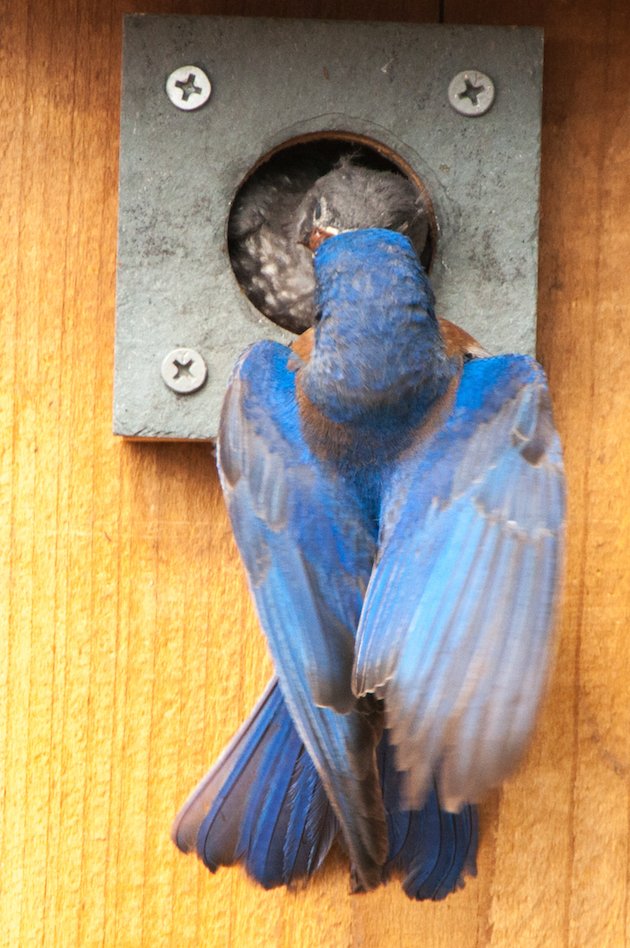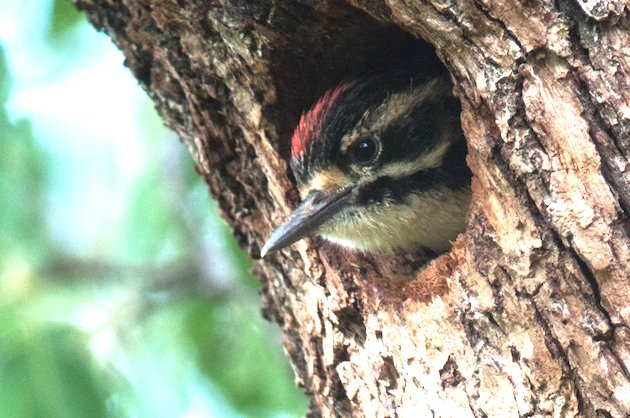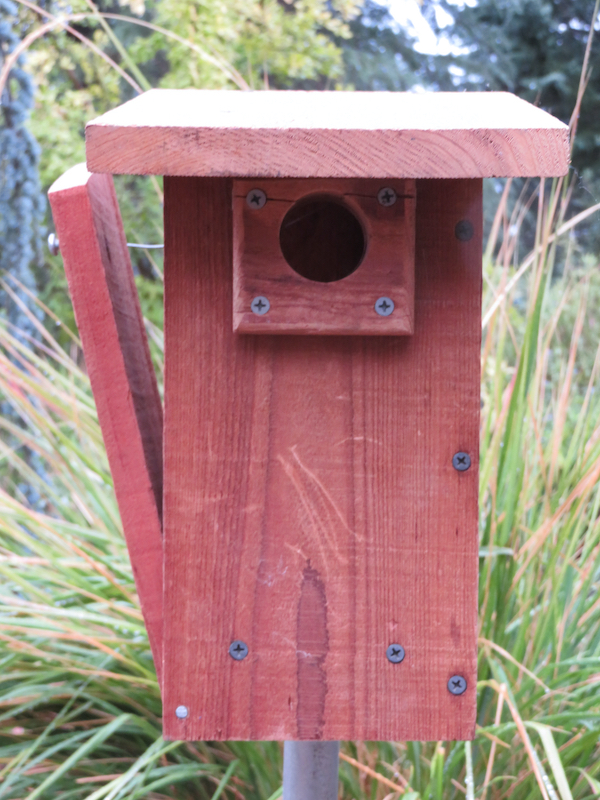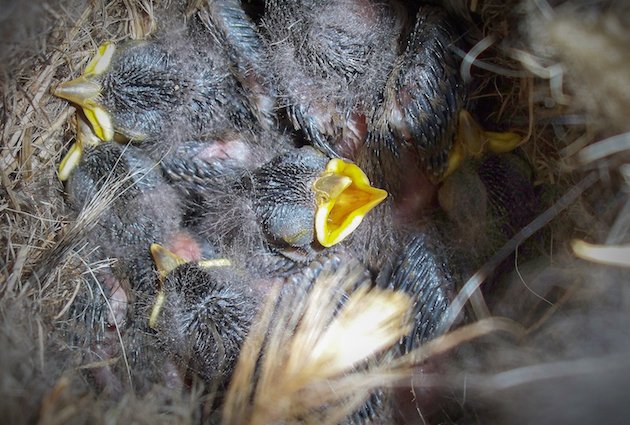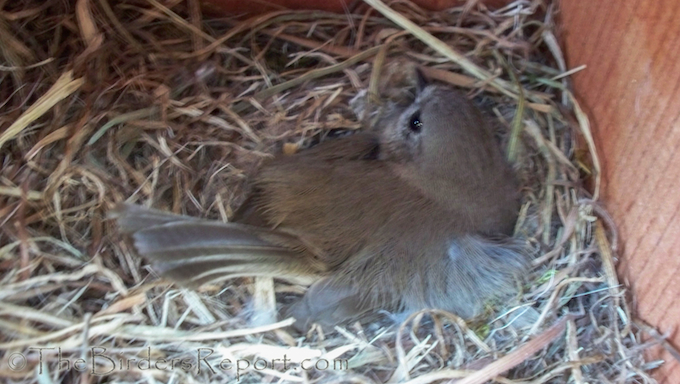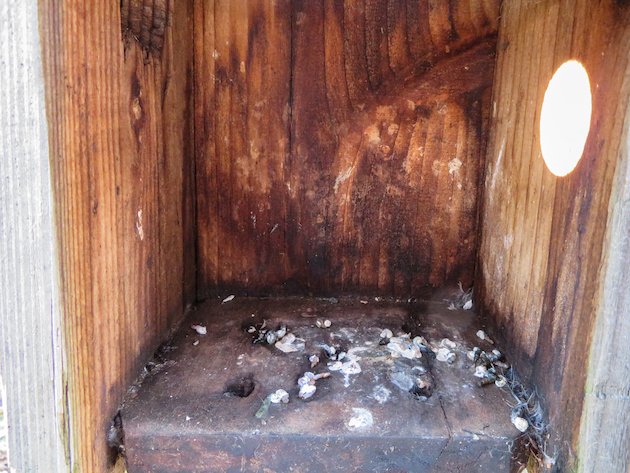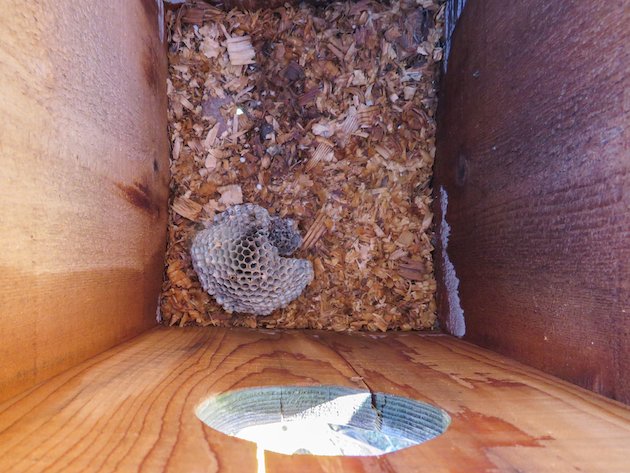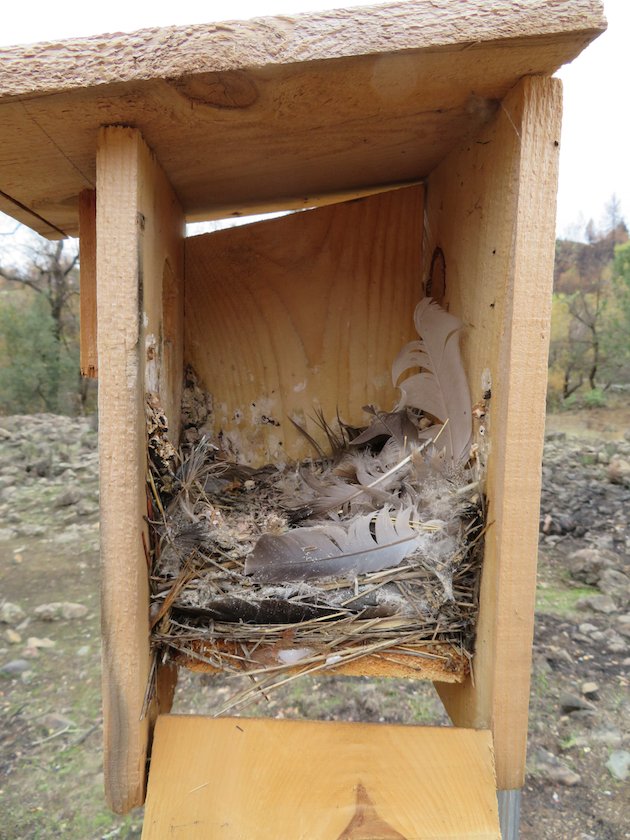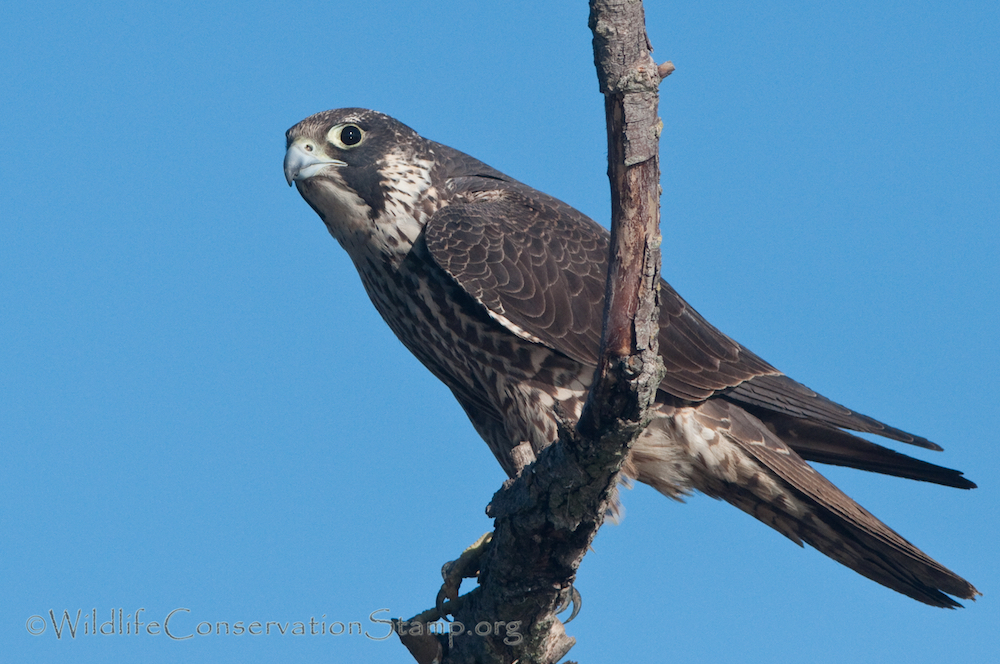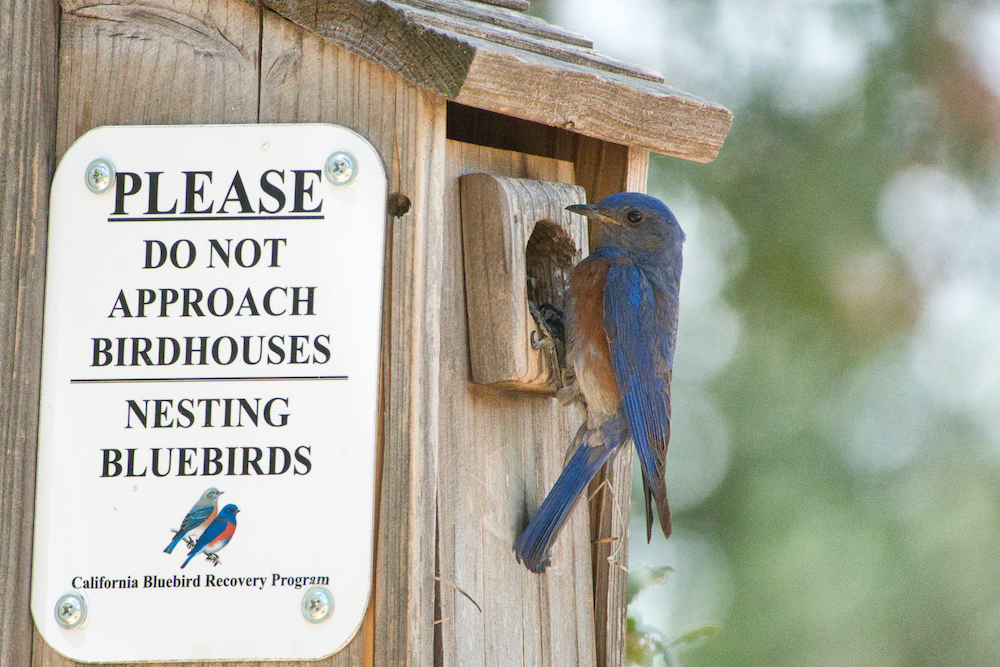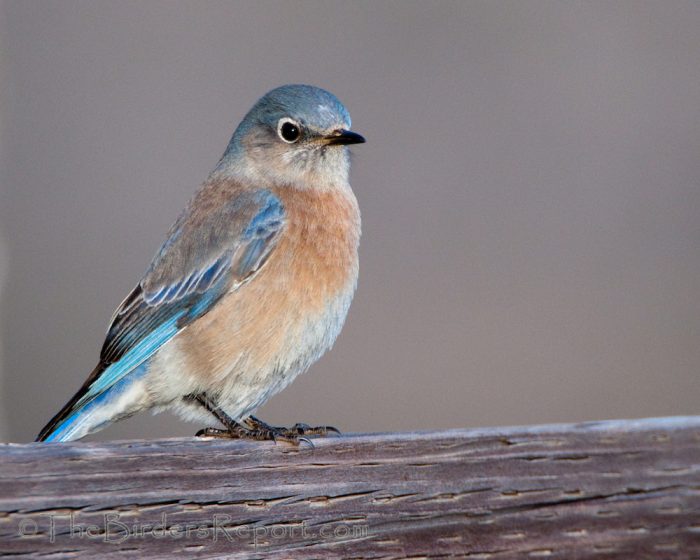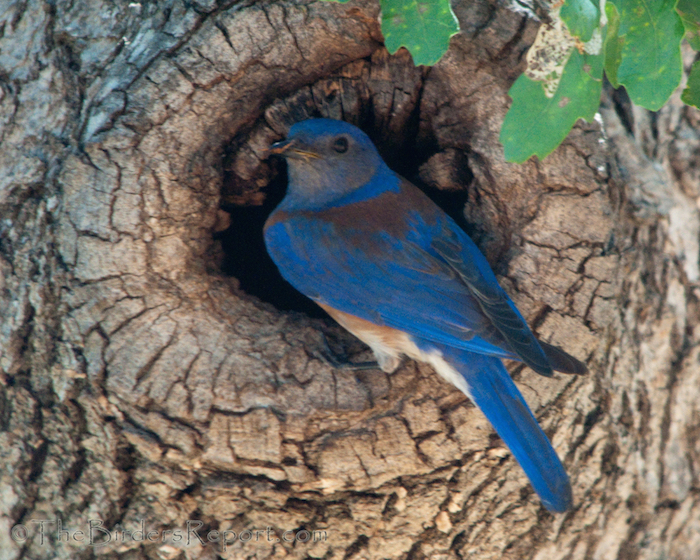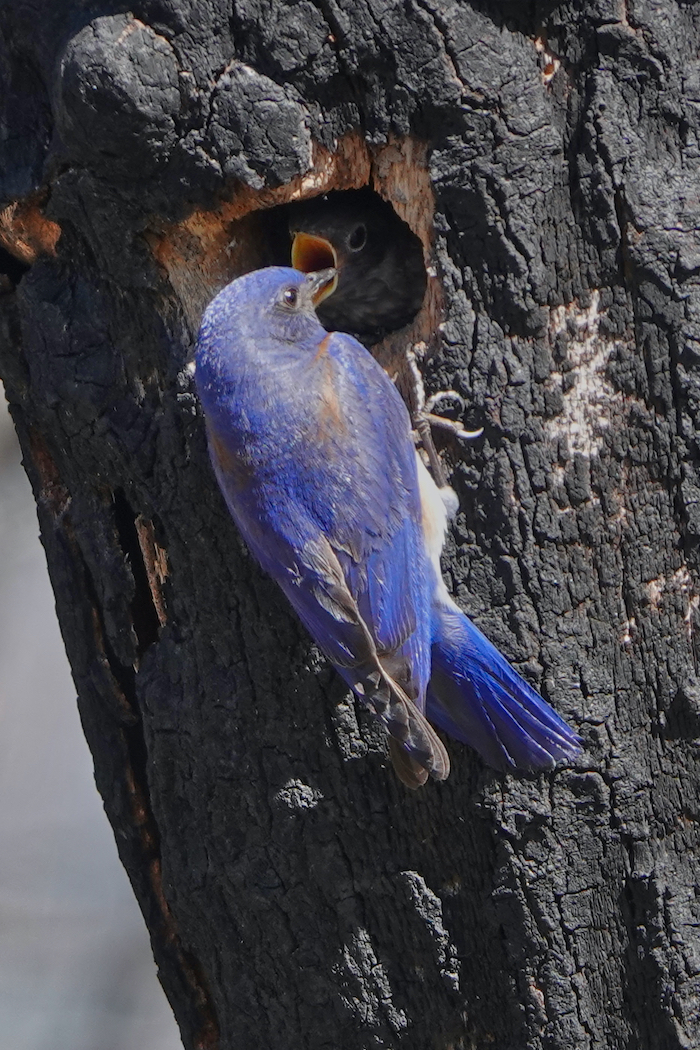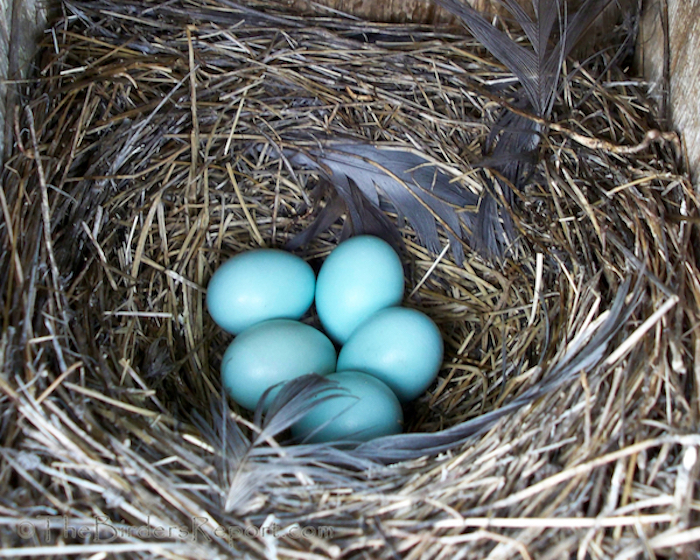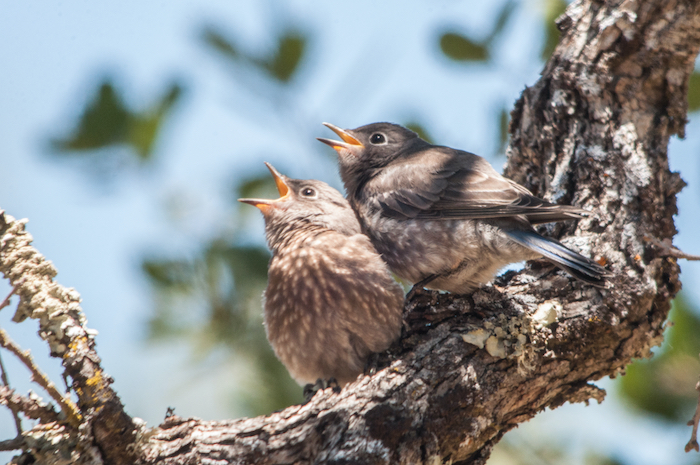
Eleanor is a graduate student at Cal Poly Humboldt in Dr. Matt Johnson’s Habitat Ecology lab. She is investigating how the addition of songbird nest boxes affects bird communities and whether this has any top-down effect on insects in Napa Valley wine-grape vineyards. She is examining avian point counts and insect sampling conducted over the 2023 and 2024 breeding seasons on 20 vineyards, 10 with existing nest boxes and 10 with nest boxes added between field seasons. Her project focuses on vineyards that lie along gradients of local habitat and landscape complexity and will also address how local habitat and landscape composition influence bird communities. Eleanor is passionate about researching how anthropogenic effects influence avian population and community dynamics and how management can help mitigate these effects.
Agricultural expansion threatens biodiversity, but promoting native species like insectivorous birds in agricultural landscapes could benefit both biodiversity and farm productivity alike. Recently, some California wine-grape growers have used nest boxes to promote biodiversity and attract insectivorous birds, such as Western Bluebirds and Tree Swallows, in an effort to help control insects. This presentation will focus on the results of a before-after-control-impact experiment involving the addition of nest boxes to wine-grape vineyards that previously had none in Napa Valley, California. This research has the potential to offer deeper insights for management decisions concerning pest control by investigating the potential benefits of attracting more insect-eating birds to agricultural landscapes. This is part of a large collaborative research effort between Cal Poly Humboldt, UC Davis, UC Riverside, and UCCE and is funded by the Agricultural Research Institute.
Shasta Birding Society is inviting you to a scheduled Zoom meeting.
Topic: What Do Songbirds Have To Do With Wine?
Time: Feb 12, 2025 07:00 PM Pacific Time (US and Canada)
Join Zoom Meeting
https://us06web.zoom.us/j/82926444555
Meeting ID: 829 2644 4555
—
One tap mobile
+16699006833,,82926444555# US (San Jose)
+16694449171,,82926444555# US
—
Dial by your location
• +1 669 900 6833 US (San Jose)
• +1 669 444 9171 US
• +1 253 215 8782 US (Tacoma)
• +1 346 248 7799 US (Houston)
• +1 719 359 4580 US
• +1 253 205 0468 US
• +1 309 205 3325 US
• +1 312 626 6799 US (Chicago)
• +1 360 209 5623 US
• +1 386 347 5053 US
• +1 507 473 4847 US
• +1 564 217 2000 US
• +1 646 931 3860 US
• +1 689 278 1000 US
• +1 929 205 6099 US (New York)
• +1 301 715 8592 US (Washington DC)
• +1 305 224 1968 US
Meeting ID: 829 2644 4555
Find your local number: https://us06web.zoom.us/u/kerMfqbS9l

